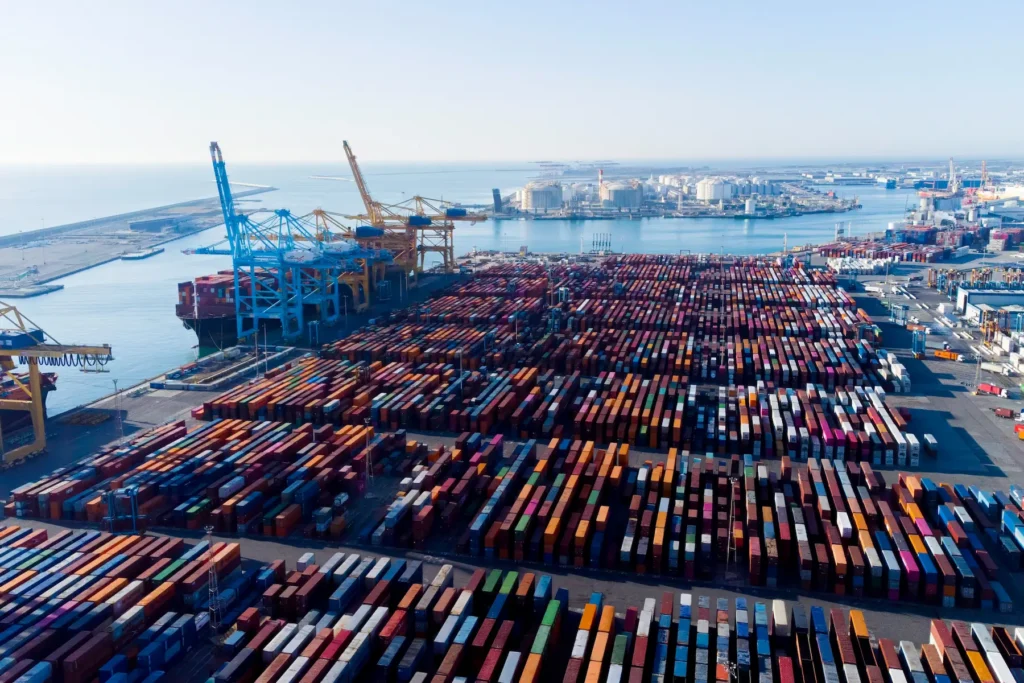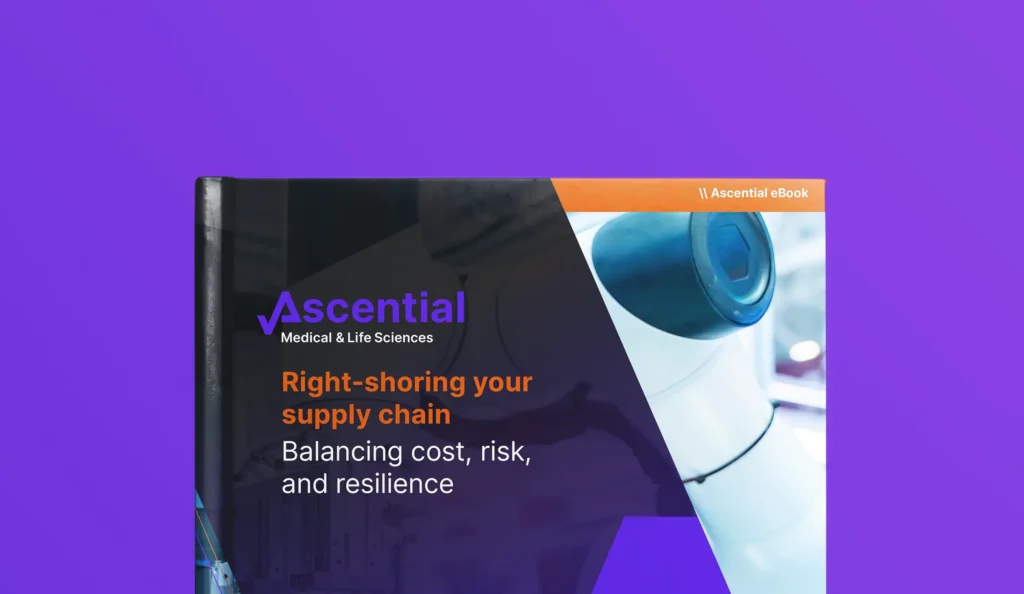As global trade tensions and regulatory shifts continue to reshape the manufacturing landscape, medical device and life sciences companies are reassessing how and where they produce. While reshoring has become a popular response to rising tariffs and supply chain instability, it’s not always the most strategic—or scalable—choice. Instead, a more effective model is emerging: regionalization.
Rather than pulling all operations back to a single domestic facility, leaders in medtech and diagnostics are building regional manufacturing networks that keep production close to target markets. This approach improves supply chain agility, reduces risk, and enhances cost control—while supporting complex, regulated products that demand precision and quality.

Beyond Reshoring: The Case for Regionalization in Medtech
The traditional reshoring conversation often oversimplifies the needs of regulated manufacturers. While domestic production can help reduce freight time and navigate tariffs, it doesn’t solve for broader concerns like compliance across markets, automation readiness, or supplier diversity.
Regionalization offers a more nuanced and adaptable solution which is especially important in sectors like in vitro diagnostics, surgical robotics, implantables, and drug delivery systems, where responsiveness, cost control, and quality assurance are mission-critical.
At Ascential Medical & Life Sciences, this strategy is core to how we support customers. With advanced manufacturing facilities across North America, South America, Europe, and Asia, we enable our partners to build localized supply chains that remain flexible, scalable, and compliant without compromising on quality or throughput.

Five Best Practices for Regional Supply Chain Success
To build a resilient and efficient regionalized model in the medical and life sciences space, consider these five best practices:
- Choose Rightshoring Over Default Reshoring
Align your manufacturing footprint with product complexity, customer location, and regulatory needs—not just national borders. Regional operations can support faster scale-up and easier market entry, especially for FDA- or CE-regulated products. - Conduct Multi-Tier Tariff Analysis
In medical manufacturing, costs and risks extend beyond direct suppliers. Evaluate how trade regulations affect raw materials, precision components, and sub-tier vendors—especially when sourcing critical technologies or sterile materials. - Take Advantage of Free Trade Tools
Leverage mechanisms like free trade zones, duty drawbacks, and regulatory harmonization opportunities to streamline compliance and cost across your supply chain. - Plan for Resilience, Not Just Cost
Factor in automation, quality system integration, and geopolitical risk when selecting regional sites. In medtech, resilience is about more than cost—it’s about maintaining uninterrupted production of high-value, often life-saving products. - Stay Ahead of Regulatory Shifts
From evolving USMCA provisions to MDR requirements in the EU, regulatory agility is key. A strong regional strategy includes local expertise and systems that adapt quickly to changing compliance expectations.
Built for Medical Manufacturing Resilience
In the medical and life sciences sector, supply chains need to do more than move product. They must protect quality, maintain traceability, and ensure uninterrupted availability. Regionalization helps manufacturers reduce over-reliance on single markets and enables faster, more compliant delivery of complex devices and consumables.
And when paired with the right automation strategy, regional operations can drive greater throughput, quality control, and scalability—even in the face of labor shortages or global disruption.
Rather than asking “should we reshore?”, today’s most successful life science companies are asking: “Where should we manufacture to best serve patients and partners while managing risk, cost, and complexity?”
In an increasingly unpredictable environment, regionalization isn’t just a strategy. It’s a competitive advantage.
Don’t Just reshore, regionalize. Get the full supply chain strategy in our latest eBook.

